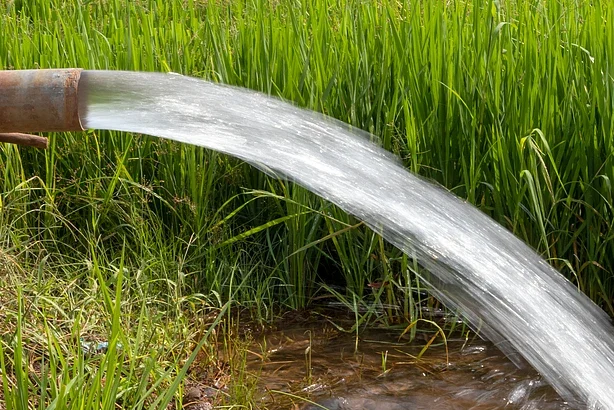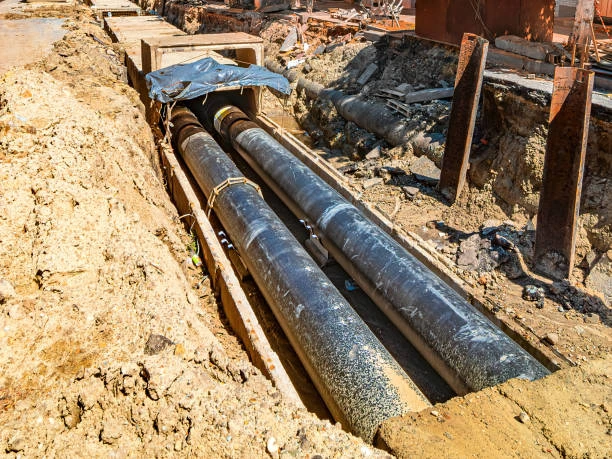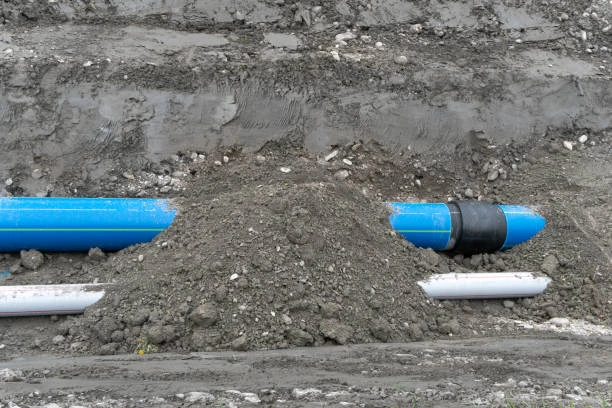Water Pipe When it comes to maintaining a comfortable indoor environment, chilled water pipe play a crucial role in HVAC (Heating, Ventilation, and Air Conditioning) systems. These pipes are responsible for transporting chilled water from the cooling equipment to various parts of a building. Over time, however, they can encounter issues that necessitate repairs. In this article, we will explore the importance of chilled water pipes, common problems that can arise, repair techniques, and preventative measures to ensure the longevity of your HVAC system.

Understanding Chilled Water Pipe
What Are Chilled Water Pipe?
Chilled water pipes are an integral component of central cooling systems. They carry water that has been cooled by chillers and distribute it to air handling units (AHUs) or fan coil units (FCUs) throughout a building. The chilled water absorbs heat from the indoor air, effectively lowering the temperature and providing comfort to occupants.
Importance of Chilled Water Pipe
- Energy Efficiency: Well-maintained chilled water pipes help improve the overall energy efficiency of HVAC systems. Efficient cooling leads to lower energy costs and a reduced carbon footprint.
- Comfort: Proper functioning of these pipes is vital for maintaining indoor climate control. Any leaks or blockages can lead to hot spots or inadequate cooling.
- System Longevity: Regular maintenance and timely repairs of chilled water pipes can extend the lifespan of the entire HVAC system, saving costs on replacements and major repairs.
Common Issues with Water Pipe Chilled Water Pipe
Despite their importance, chilled water pipes can develop various issues over time. Here are some of the most common problems:
1. Leaks
Leaks are perhaps the most common issue faced by chilled water pipes. They can occur due to corrosion, mechanical damage, or improper installation. A small leak can quickly escalate, leading to significant water damage and increased operational costs.
2. Blockages
Blockages can occur from sediment build-up, corrosion, or foreign objects. These obstructions can impede the flow of chilled water, resulting in insufficient cooling and increased strain on the HVAC system.
3. Insulation Deterioration
The insulation around chilled water pipes helps maintain the temperature of the water and prevent condensation. Over time, insulation can wear out, leading to energy losses and condensation issues.
4. Pressure Issues
Inconsistent pressure within the chilled water system can lead to uneven cooling and operational inefficiencies. Pressure imbalances can result from blockages, leaks, or pump failures.
Repair Techniques for Water Pipe Chilled Water Pipe
Repairing chilled water pipes requires a thorough understanding of the issues at hand and the appropriate techniques to address them. Here are some common repair methods:
1. Water Pipe Leak Repair
For small leaks, epoxy sealants or pipe repair clamps can be effective. However, for larger leaks or damaged sections, replacing the affected pipe segment may be necessary. It is crucial to identify the source of the leak and address any underlying issues to prevent future problems.
2. Clearing Blockages
To clear blockages, technicians may use high-pressure water jetting, chemical cleaners, or mechanical augers. Regular maintenance can help prevent blockages from occurring in the first place.
3. Insulation Replacement
If insulation is found to be deteriorating, it should be replaced promptly. Using high-quality, moisture-resistant insulation can help prevent condensation and improve energy efficiency.
4. Pressure Regulation
If pressure issues are detected, the system may require adjustments or the installation of new pressure-regulating valves. Regular system checks can help maintain optimal pressure levels.
Preventative Maintenance for Chilled Water Pipe
Preventing issues before they arise is essential for maintaining the integrity of chilled water pipes. Here are some preventative maintenance tips:
1. Regular Inspections
Schedule regular inspections of your chilled water system to identify potential issues before they become significant problems. Inspect for leaks, check insulation, and assess overall system performance.
2. Routine Cleaning
Cleaning the chilled water pipes regularly can prevent sediment build-up and blockages. This can be done through flushing the system and using appropriate cleaning agents.
3. Insulation Checks
Inspect the insulation around the chilled water pipes regularly. Replace any damaged or deteriorated insulation to maintain efficiency and prevent condensation issues.
4. Monitoring Pressure Levels
Keep an eye on the pressure levels within the system. Installing pressure gauges can help you monitor changes and identify issues early.
5. Professional Maintenance
Engaging HVAC professionals for regular maintenance ensures that your system is in optimal condition. They can provide specialized knowledge and equipment to address complex issues.
Conclusion
Chilled water pipes are a critical component of HVAC systems, providing essential cooling for indoor environments. Regular maintenance, prompt repairs, and preventative measures can extend the lifespan of these pipes, enhance energy efficiency, and ensure the comfort of building occupants. By being proactive in addressing issues and investing in routine maintenance, you can avoid costly repairs and ensure the continued effectiveness of your cooling systems.
FAQs
1. How can I tell if my chilled water pipes have a leak?
Look for signs of water accumulation, damp spots on walls or ceilings, or a decrease in cooling efficiency. A professional inspection can also detect hidden leaks.
2. What should I do if I notice a blockage in my chilled water pipes?
It’s best to contact a professional HVAC technician to assess the situation and use appropriate methods to clear the blockage.
3. How often should I have my chilled water system inspected?
Regular inspections should be conducted at least once a year, but biannual checks are recommended for high-use systems.
4. Can I replace the insulation around my chilled water pipes myself?
While DIY insulation replacement is possible, it’s recommended to consult with a professional to ensure proper installation and material choice.
5. What are the signs that my chilled water system needs repairs?
Signs include inconsistent cooling, increased energy bills, water stains, and unusual noises from the HVAC system.

















